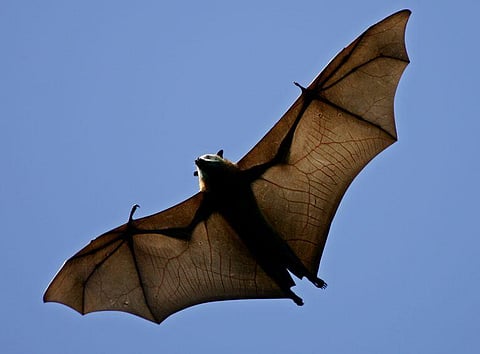

NEW YORK: An international team of researchers has discovered that the lineage that gave rise to the SARS-CoV-2, the virus that is responsible for the Covid-19 pandemic, has been circulating in bats for decades and likely includes other viruses with the ability to infect humans. The findings in Nature Microbiology have implications for the prevention of future pandemics. Searching for bat viruses can help identify potential threats.
“Coronaviruses have genetic material that is highly recombinant, meaning different regions of the virus’s genome can be derived from multiple sources,” said study researcher Maciej Boni from Penn State University in the US. “This has made it difficult to reconstruct SARS-CoV-2’s origins. You have to identify all the regions that have been recombining and trace their histories. To do that, we put together a diverse team with expertise in recombination, phylogenetic dating, virus sampling, and molecular and viral evolution,” Boni added.
The researchers found that the lineage of viruses to which Covid-19 virus belongs diverged from other bat viruses about 40-70 years ago. Importantly, although SARSCoV- 2 is genetically similar (about 96%) to the RaTG13 coronavirus, which was sampled from a Rhinolophus affinis horseshoe bat in 2013 in Yunnan province, China, the team found that it diverged from RaTG13 a relatively long time ago, in 1969. The team used three different bioinformatic approaches to identify and remove the recombinant regions within the Covid-19 virus genome.
Next, they reconstructed phylogenetic histories for the non-recombinant regions and compared them to each other to see which specific viruses have been involved in recombination events in the past. They were able to reconstruct the evolutionary relationships between Covid-19 virus and its closest known bat and pangolin viruses. “The ability to estimate divergence times after disentangling recombination histories, which is something we developed in this collaboration, may lead to insights into the origins of many different viral pathogens,” said study researcher Philippe Lemey.